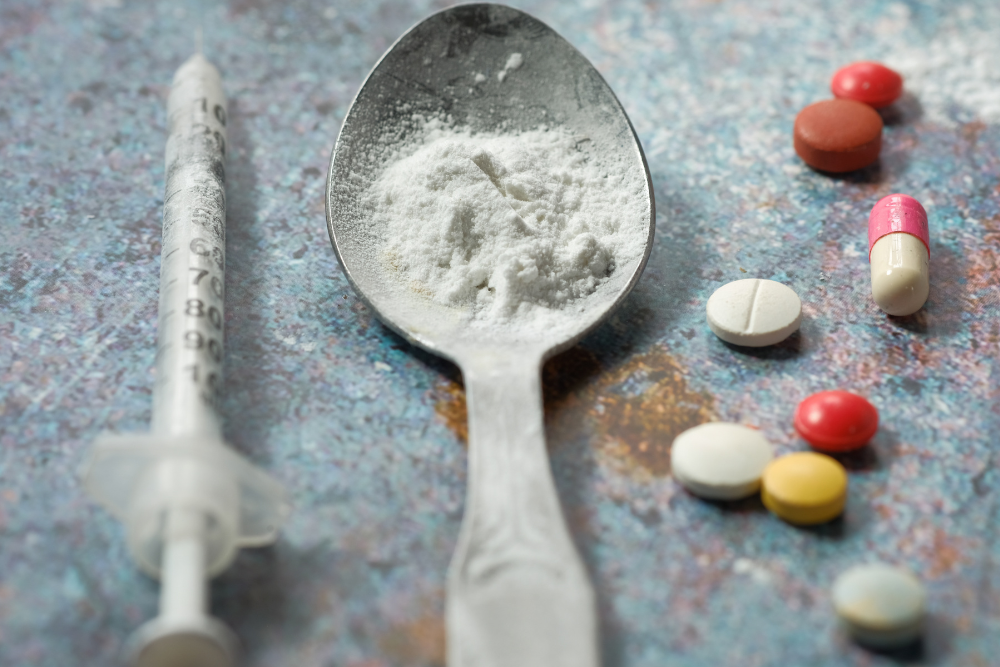
The Difference Between Heroin and Fentanyl
Legacy Healing Center Blog
As the opioid epidemic continues to affect the lives of millions of Americans, misinformation surrounding these substances does little to help. It is not hard to get lost in conspiracy theories and uncertainty. This means understanding the facts and differences between substances can make a world of difference. How opioids operate is relatively similar among a variety of drugs, but that doesn’t mean they are all the same. Legacy Healing Center is looking at the difference between heroin and fentanyl and how the dangers these opioids pose aren’t reserved for people that actively seek them out.
An Opioid Comparison
A key difference between heroin and fentanyl is the level of potency held by the two substances. The latter is said to be 50 times more potent than the former, making it all the more likely that someone who takes fentanyl runs the risk of experiencing a severe overdose. Heroin is a natural substance that is derived from morphine, which is extracted from the seeds found in the opium poppy plant. Fentanyl, on the other hand, is synthetic, with a chemical structure that is slightly different from heroin.
Fentanyl is also technically legal for medicinal usage, particularly in cases of severe pain management after surgery or other clinical procedures. It is also given to patients who are opioid tolerant yet still require management of symptoms present. This is what can be attributed to its classification as a Schedule II controlled substance by the United States Drug Enforcement Administration, or DEA.
Each substance is known for high levels of addiction experienced by users, and the use of either can result in severe side effects, including withdrawal, overdose, and even death. Below is a point-by-point breakdown of the difference between fentanyl and heroin.
Fentanyl
- It is often manufactured illicitly but can also be prescribed in cases of severe pain management
- When abused, it is smoked, injected, snorted, or swallowed
- Clinically manufactured as a lozenge, tablet, pill, patch, powder, or intravenous liquid
- Synthetic
Heroin
- Fully illegal with no clinical uses
- The drug is usually either smoked, snorted, or injected when being abused
- Only made as a powder
- Semi-synthetic, derived from morphine which is a natural substance
How Are Heroin and Fentanyl Related?
Aside from their shared opioid status and similar effects on the brain, there has also been a sharp spike in the phenomenon of fentanyl-laced heroin. This is found to be done mainly by dealers who seek to heighten the dependence their customers have on the substances in question, in turn giving these dealers more profit. The major downside observed from this practice is the heightened likelihood of unintended overdose.
This laced heroin has left countless people dead and others fearful of what else could happen. It also serves as a reminder that the world of drug deals is not one that is concerned with the well-being of those reliant on it. In lieu of these troubling instances, Legacy offers fentanyl and heroin addiction treatment that can comprehensively address what a patient is going through.
Patients can also access our detox programs that will ensure they are walked through any occurring withdrawals as safely and comfortably as possible.
To learn more about treatment for heroin addiction and fentanyl abuse, call our Legacy Healing Center locations at 888-534-2295 today.
Related Reading